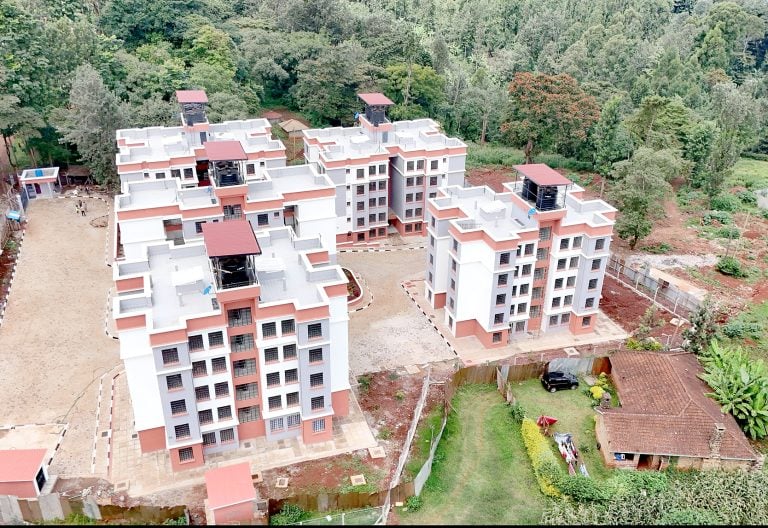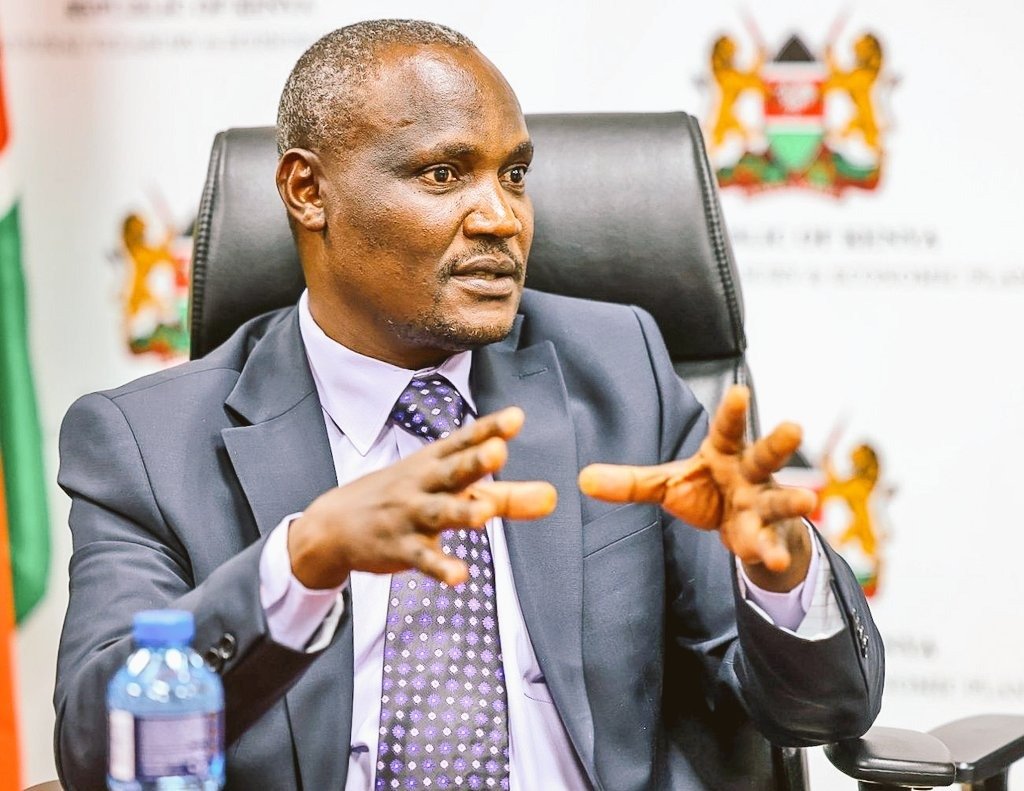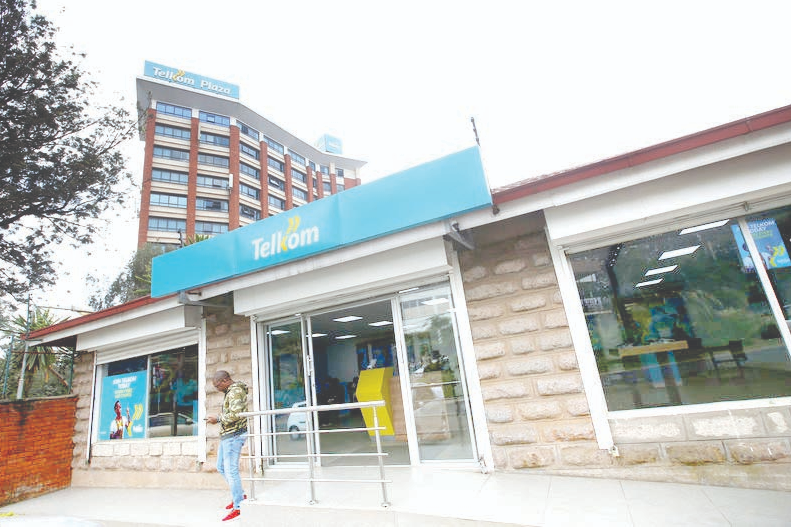Ruto’s development successes that deserve credit

Despite mounting criticism and political opposition, President William Ruto’s government has in recent months demonstrated an active and deliberate shift in its economic approach.
Recognising the distressing state of the economy upon taking office, Ruto has not merely sat back.
Instead, he has rolled up his sleeves and embarked on ambitious, grassroots-focused development — most notably through the Economic Stimulus Projects (ESP) and affordable housing programmes.
In Kenya today, nearly every county – if not every constituency – is witnessing the construction of modern, government-funded markets.
A walk through Kisumu, Kisii, Migori, or Homa Bay, for example, is enough evidence of this quiet but powerful revolution.
These markets, under the ESP banner, represent a new thinking in the economic planning model – fix the base to stabilise the top.
This aligns with the government’s Bottom-Up Economic Transformation Agenda.
Markets are not just trading spaces – they are economic engines, cultural hubs, and social glue. Countries like Ghana, Rwanda, and even South Africa have long recognised this.
When Kenya replicates this model – building modern, sanitary, accessible, and structured markets – it is creating safe spaces for micro, small and medium enterprises (MSMEs) to thrive. Good idea.
In a country where the informal sector contributes over 80 per cent of employment, this is not just smart; it’s visionary.
Turning to another area where the Ruto administration has quietly but significantly scored is in the affordable housing agenda.
With Kenya’s population growing exponentially – and urbanisation continuing at an unrelenting pace – the need for dignified and affordable housing has never been more urgent.
Urban centres like Nairobi, Mombasa, Kisumu, Nakuru and Eldoret are grappling with a triple challenge – slums, unaffordable rentals, and overstretched infrastructure.
The President’s decision to invest in housing units across the country not only addresses shelter but also opens up a pipeline of economic benefits.
Construction creates jobs, stimulates the cement, steel, and transport sectors, and offers middle- and lower-income earners a pathway to property ownership.
For the first time, ordinary Kenyans can pay low monthly instalments and eventually own homes in planned, serviced neighbourhoods – a far cry from the exploitative rental arrangements that have long drained incomes.
While the programme cannot serve all at once, its long-term sustainability means that more citizens will be looped in over time.
This is how real economic reform begins: through tangible initiatives that touch real lives.
That said, Kenya’s Achilles’ heel remains its toxic politicisation of development. Even noble ideas are quickly framed as either “ours” or “theirs”.
Unfortunately, we have cultivated a culture where applause is rare and criticism is automatic.
But as the political philosopher Hannah Arendt wisely pointed out, “Politics aims at the highest good.”
Development, especially when it improves livelihoods, creates jobs, and offers dignity, is the “highest good.”
Opposition is healthy, but not when it becomes the enemy of reason or progress.
Yes, the Ruto administration has areas where it must improve – transparency, efficiency, and inclusivity among them.
But to fail to acknowledge the genuine progress in certain sectors is to be unjust, and injustice is no friend of patriotism.
Moving forward, let us step back from blind opposition and partisan posturing. Let us uplift what works and fix what doesn’t.
The author is a senior writer with People Daily, a media consultant, and an advocate of better governance and greater democracy in Africa.












